The next time you’re at the boarding gate waiting to fly off on vacation, scanning the news on your smartphone, it is worth remembering where modern technology came from.
Global travel under jet power, you can thank both Frank Whittle for his jet engine design, and Messerschmitt for taking the miracle of jet-propulsion to the skies. While most modern airliners, cars, and even ships rely on sophisticated computing power to both move and navigate, they all owe thanks to the world’s deadliest military campaign.
Fortunately, the world has moved on, while the pace of innovation has peaked and slowed, a reliance on technology with its roots in conflict present the biggest challenges, globlal chip shortages putting production of all forms of transport on the back burner.
10/10 KhMDB Kharkiv T-34
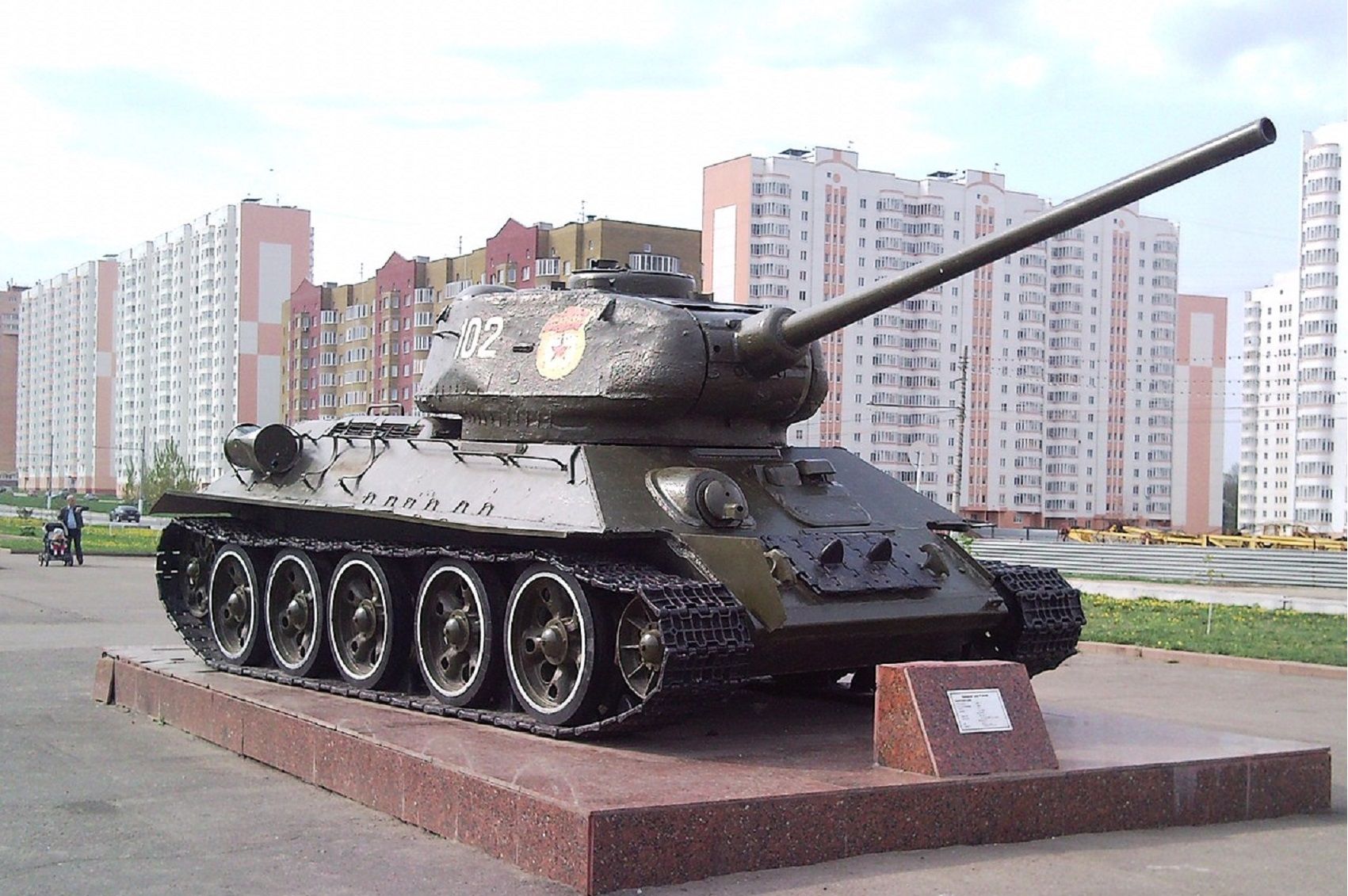
Mass-produced in greater numbers than any other WW2 tank, the T-34 although crudely made with its external armor displaying rough cast lines transformed tank warfare forever. While the German’s assault on Russia used superior equipment, the T-34s huge numbers proved an unsurmountable challenge, in all variants totaling 84,000 units.
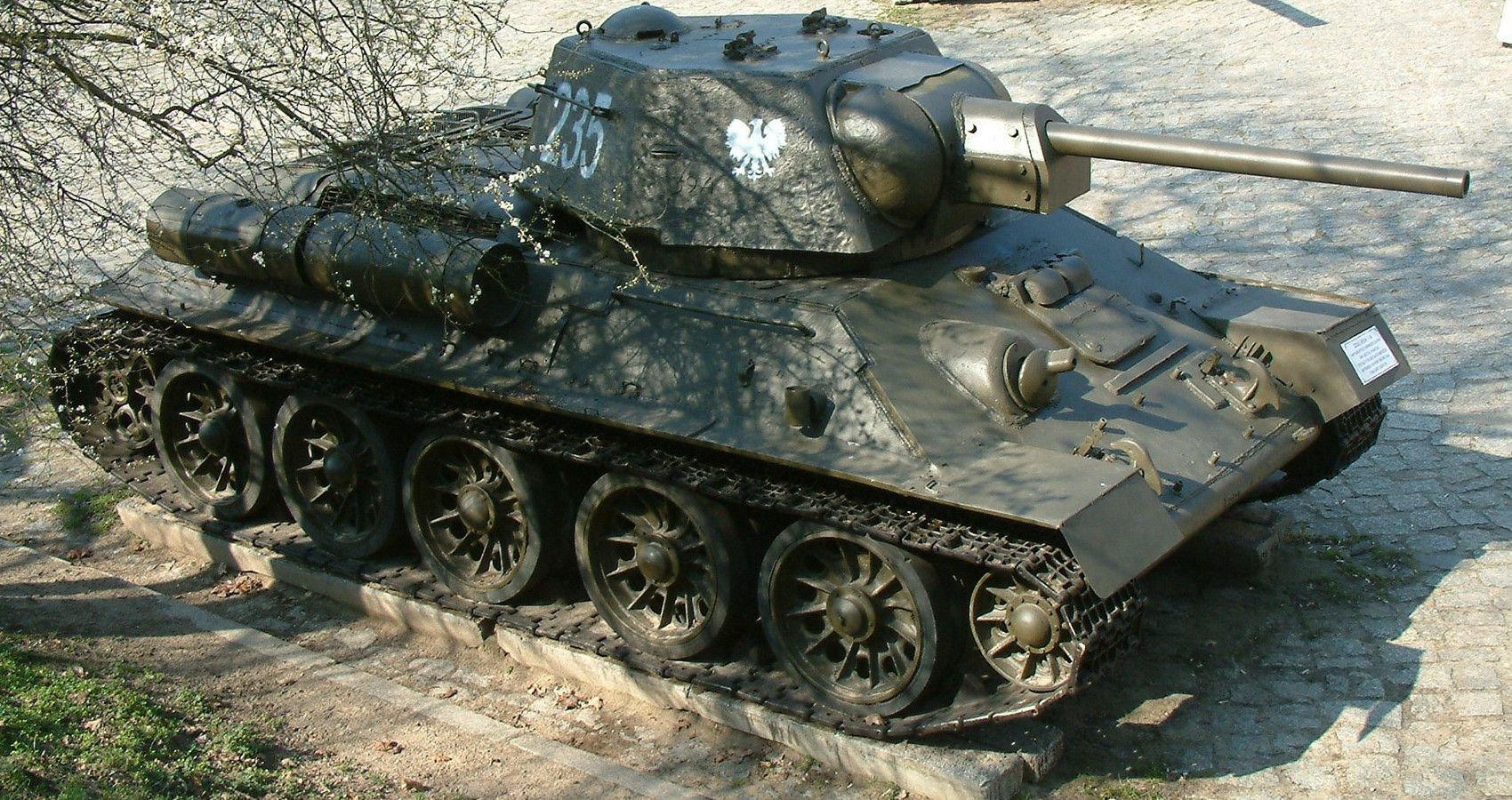
Powered by a 500 hp V-2-34 V12 diesel engine with a monstrous 38.8 liter displacement, the T-34 could reach speeds of 33 mph, impressive by modern standard, let alone the 1940s. Aside from mass production techniques, the T-34 revolutionized tank design, one of the first to incorporate sloping armor in effect increasing protection for its crew.
9/10 Messerschmitt Me.262
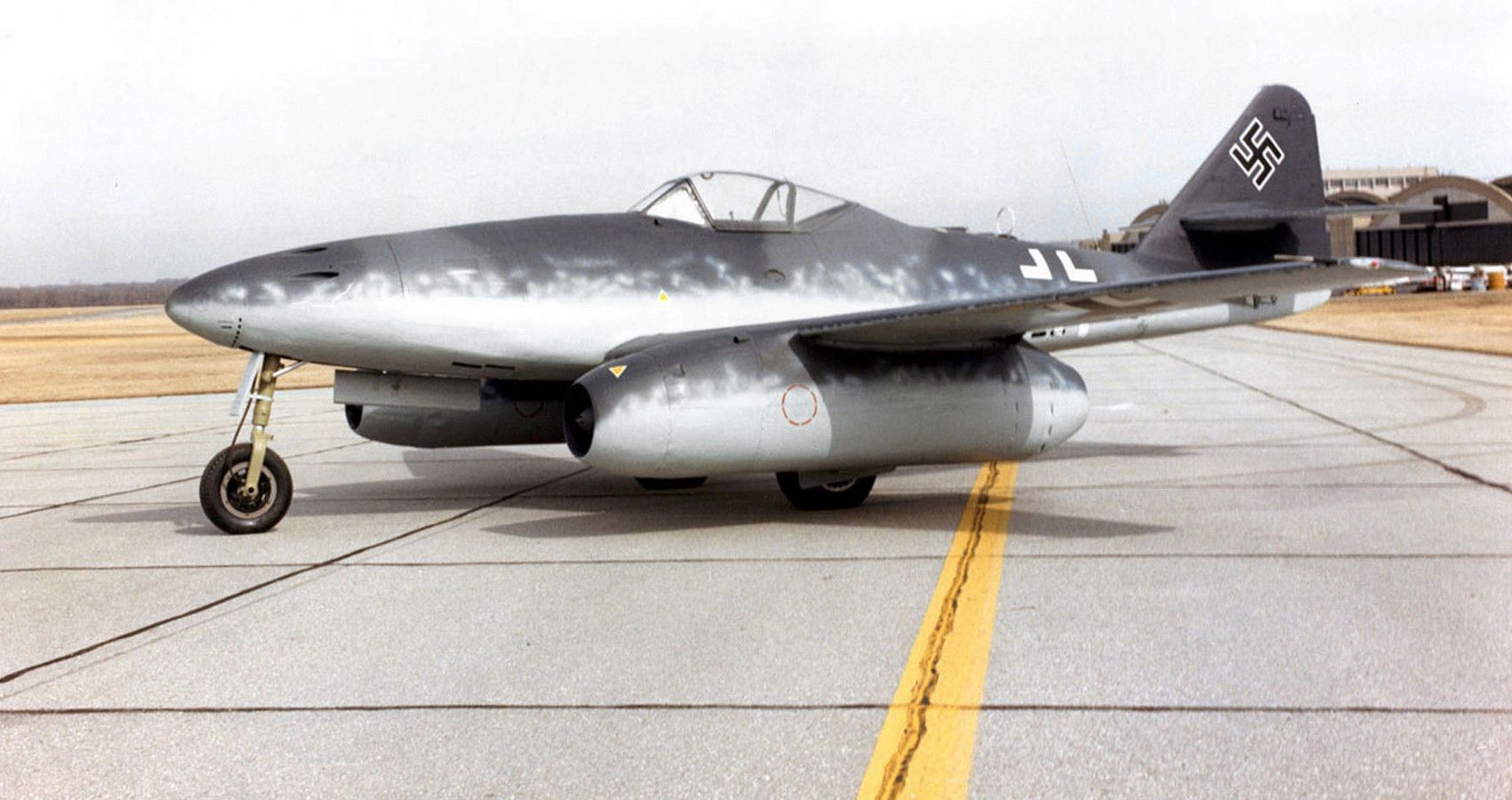
The first jet fighter ever? Not quite, but the Messerschmitt 262 certainly took to the skies operationally first, causing major headaches for the allies. Despite the emergence of jet power, it was the Me.262’s other standout features that made it so crucially important.
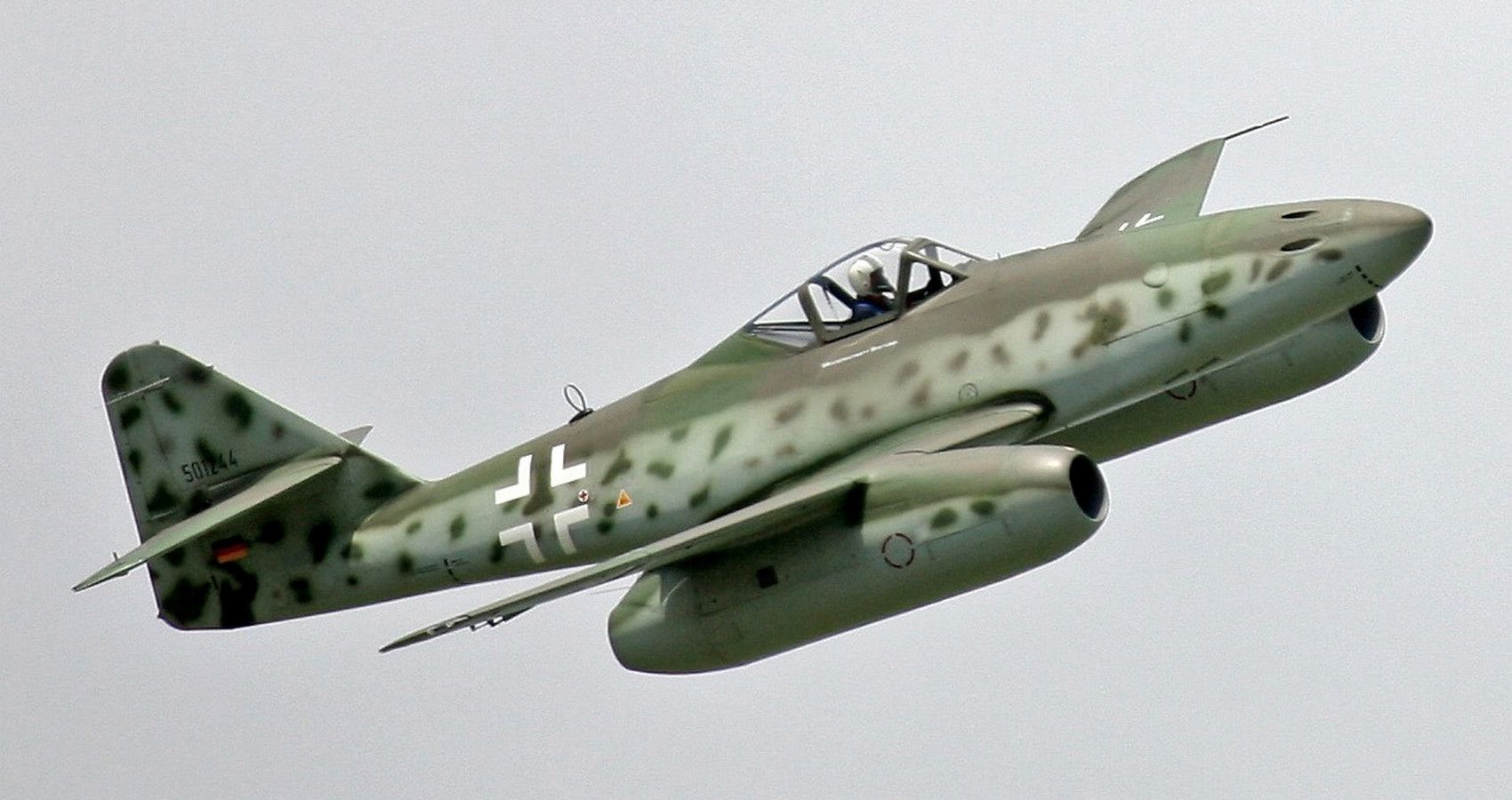
Twin under wing pod-mounted Jukers Jumo 004B-1 engines produced a combined 3960 lbs of thrust, by no means huge numbers, but with a swept leading edge wing the Me.262 could reach 560 mph, way ahead of propeller-driven aircraft.
8/10 IJN Yamato
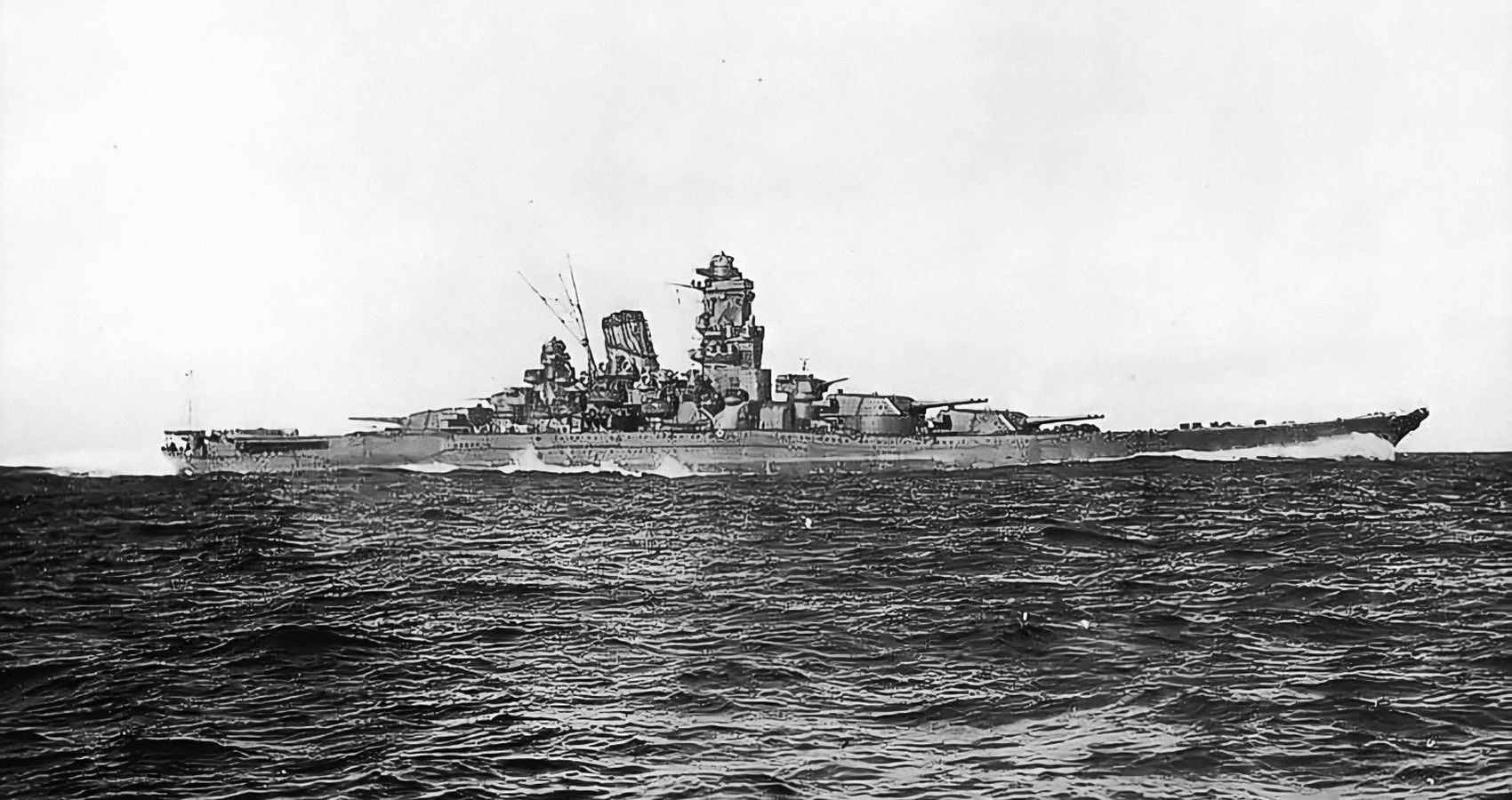
Two of these monsters formed the back-bone of Japan’s WW2 battleship contingency, the US having superior numbers the Yamato and her sister Musashi never fully delivering on their fearsome reputation, both meeting an untimely end during the 1944/45. A third Yamato class hull reconfigured as the carrier Shimano suffering the same fate.
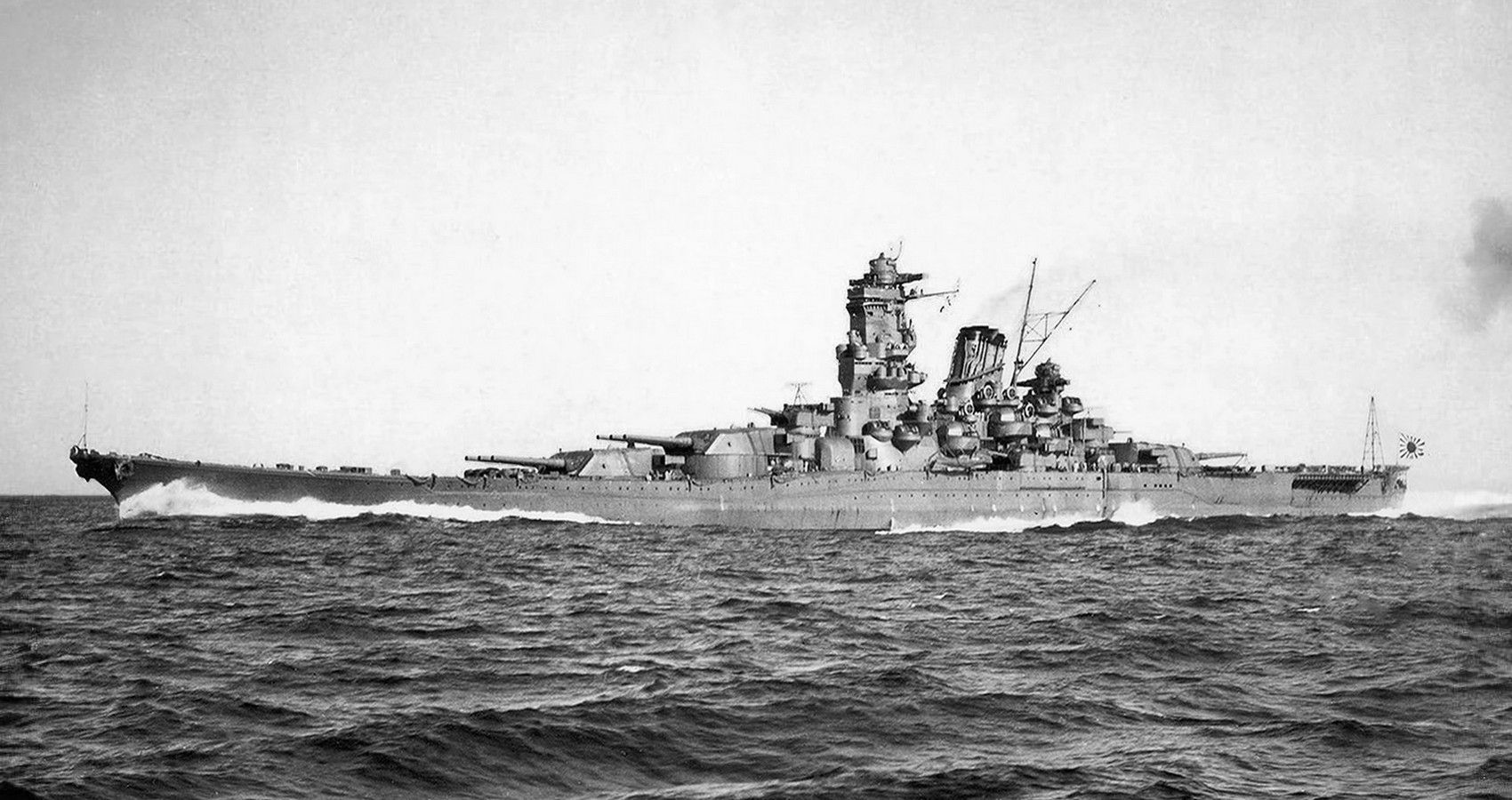
The largest battleships of WW2, displacing 72,000 tons would have been enough to guarantee the Yamato’s place in history as a game changer, bolstered further by her impressive armament, three triple turrets packing 18.1-inch guns with an effective range of 25 miles. Equally gigantic, buried deep in her hulls, 12-boliers feeding four steam turbines produced a staggering 147,000 shp.
7/10 Panzerkampfwagen V1 Tiger
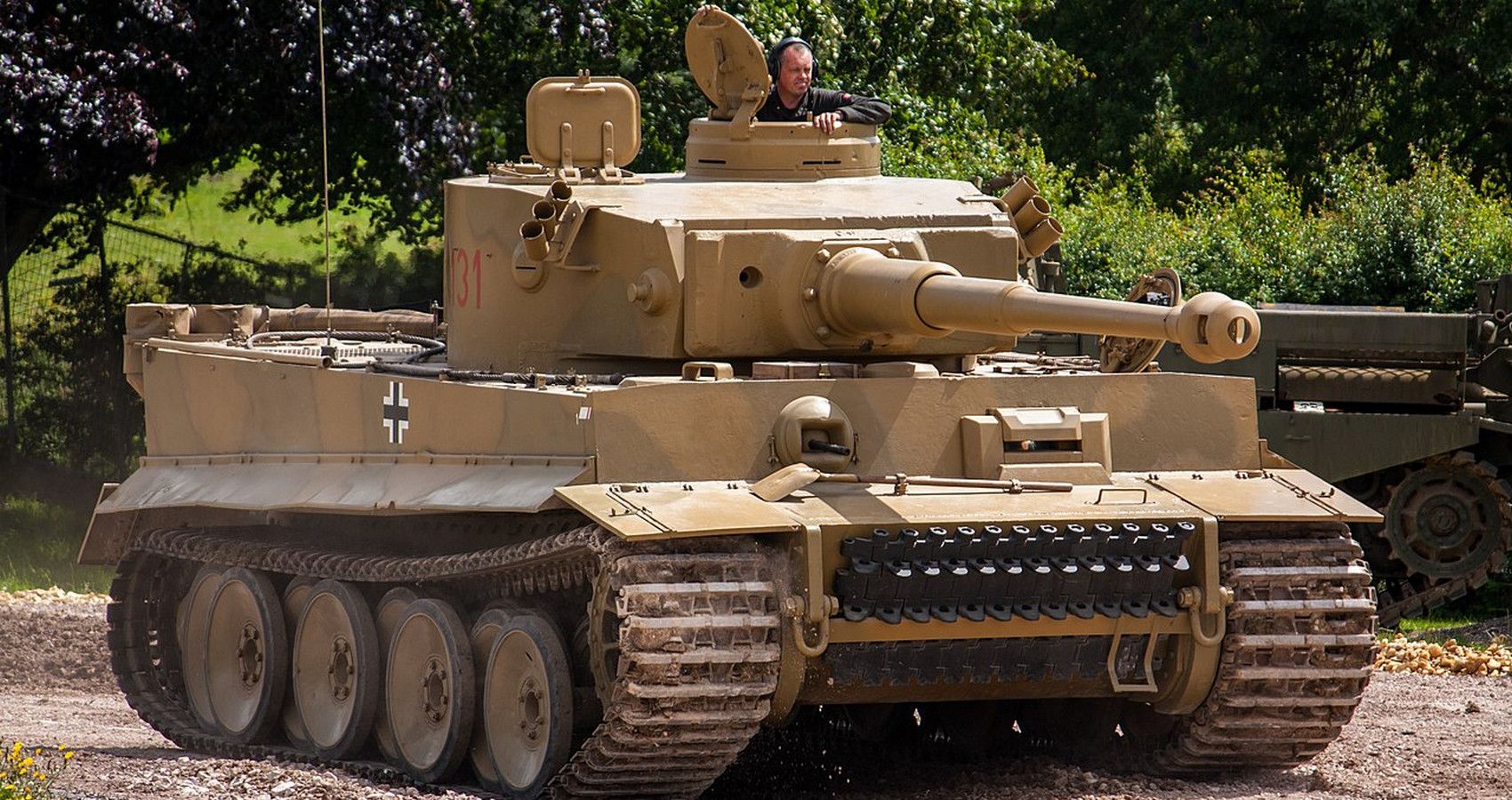
Where the T-34 modernized tank warfare with a combination of innovative weight saving armor and rapid production techniques, German’s fearsome Tiger took an entirely different approach, bigger is better. The Tiger Introduced in 1942 crammed as much modern technology available at the time in to a fearsome 57 ton fighting machine.
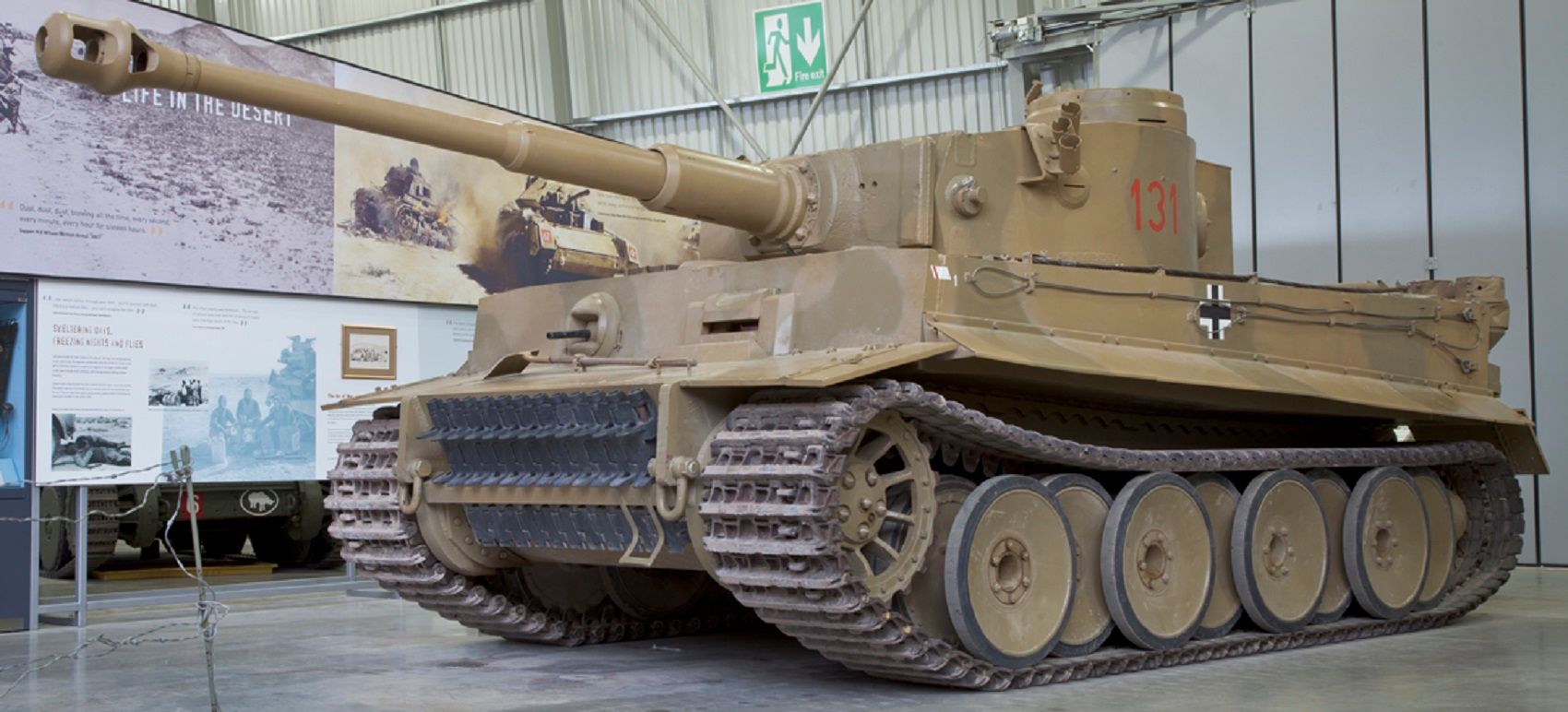
Overlapping road wheels negated much of the Tiger’s footprint, spreading its weight over a greater surface area, playing a crucial role in maintaining its mobility over rough terrain. Over-engineered, Tigers despite their near impenetrable 3.9-inch think main armor and deadly KwK 36 main gun more often than not succumbing to reliability issues.
6/10 Kriegsmarine Type XX1 U-Boat
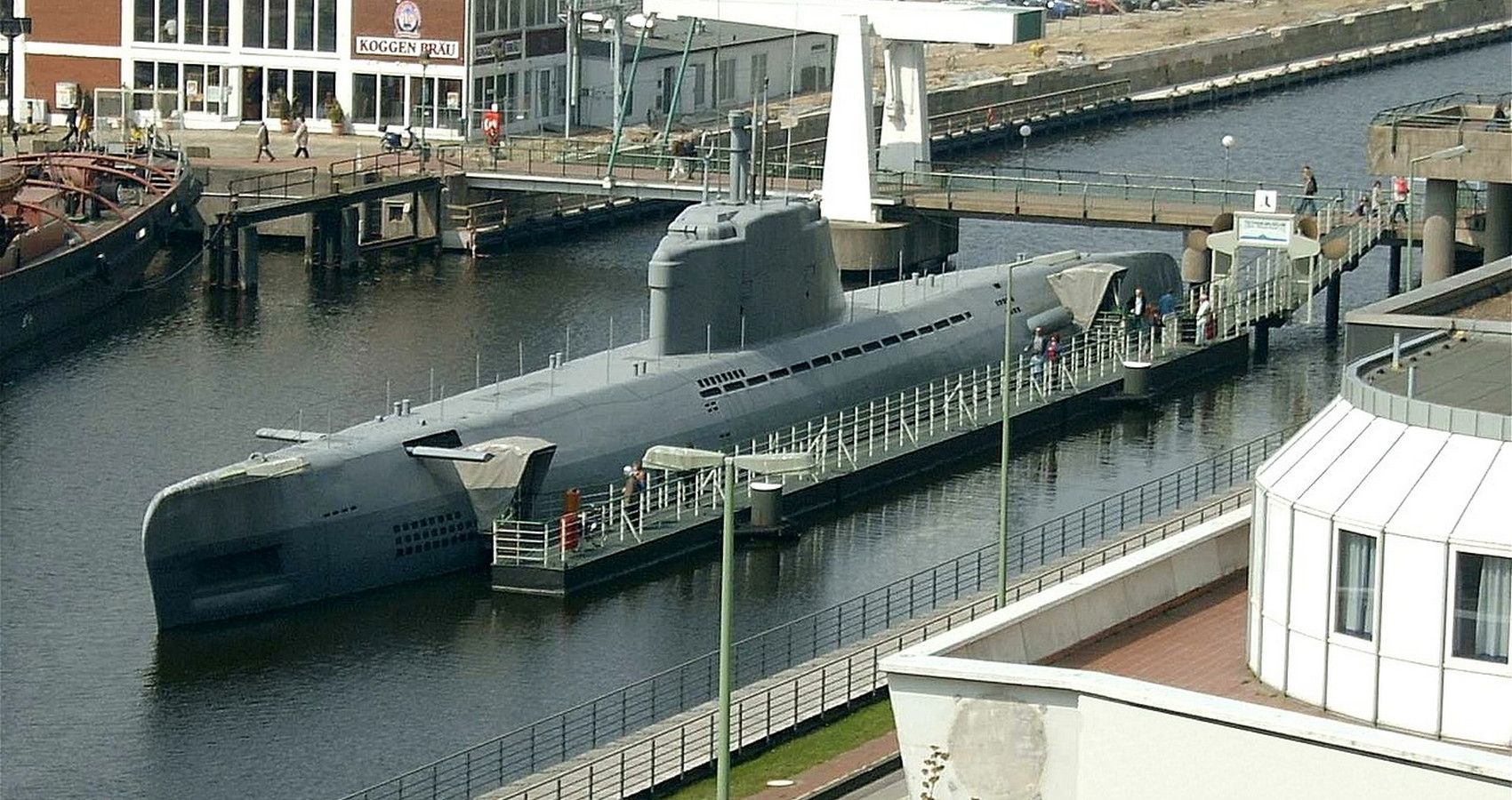
As deadly as U-Boats were, their need for regular stints on the surface often proved their weakness, diesel engines requiring replenishment of the boats’ oxygen supply.
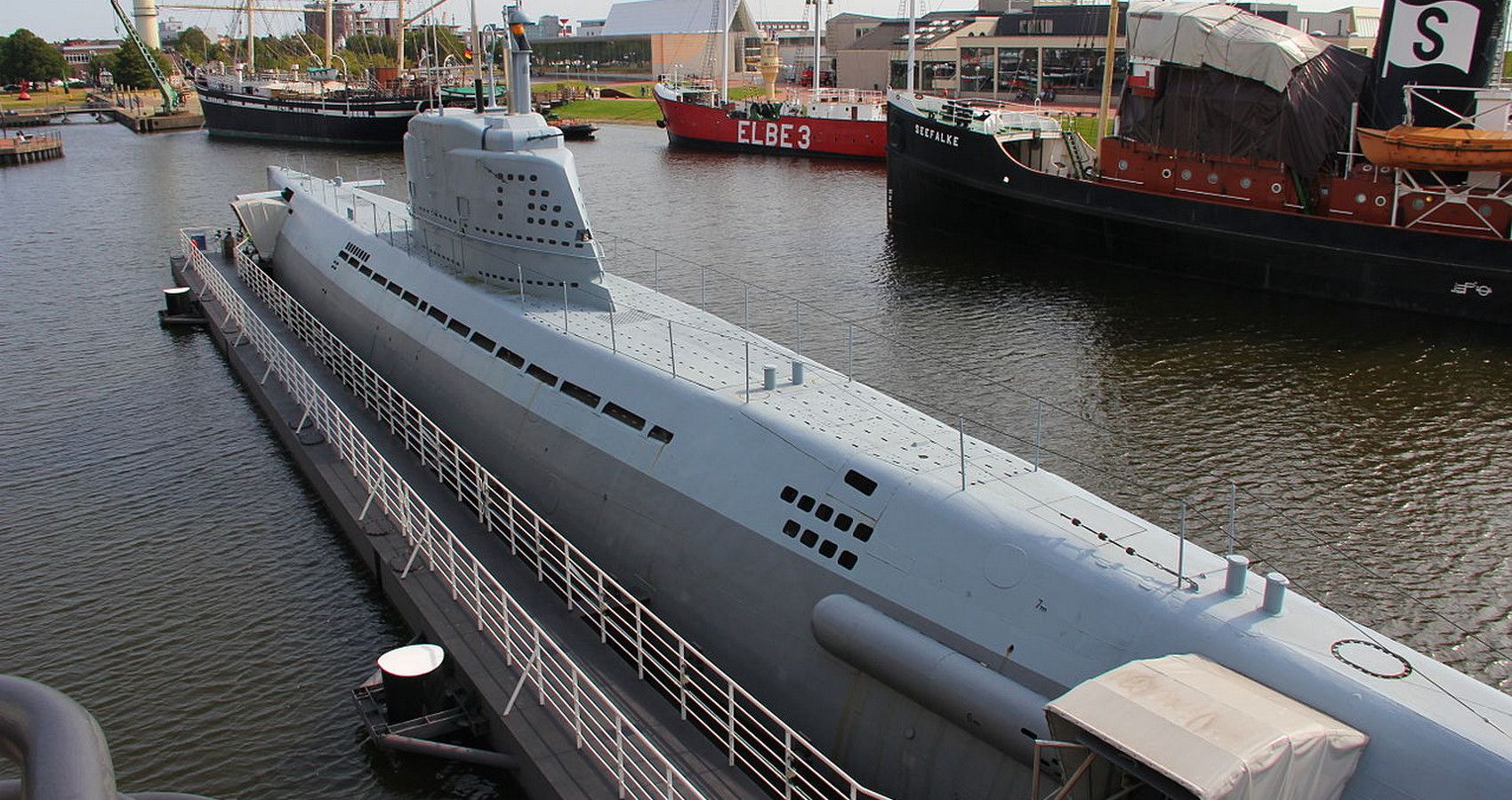
In 1943, Germany introduced the world’s first submarine designed to operate primarily submerged, the Type XX1 incorporating a streamlined hull for better engine/battery performance paired with snorkel technology allowing recharging while still submerged. Traditionally recharging is a lengthy process, Type XX1s thanks to twin MAN turbo-supercharged diesel engines rated at 3900 shp the process taking five hours giving a maximum submerged endurance of 75 hours.
5/10 Vergeltungswaffe / V-1 Flying Bomb / Doodlebug
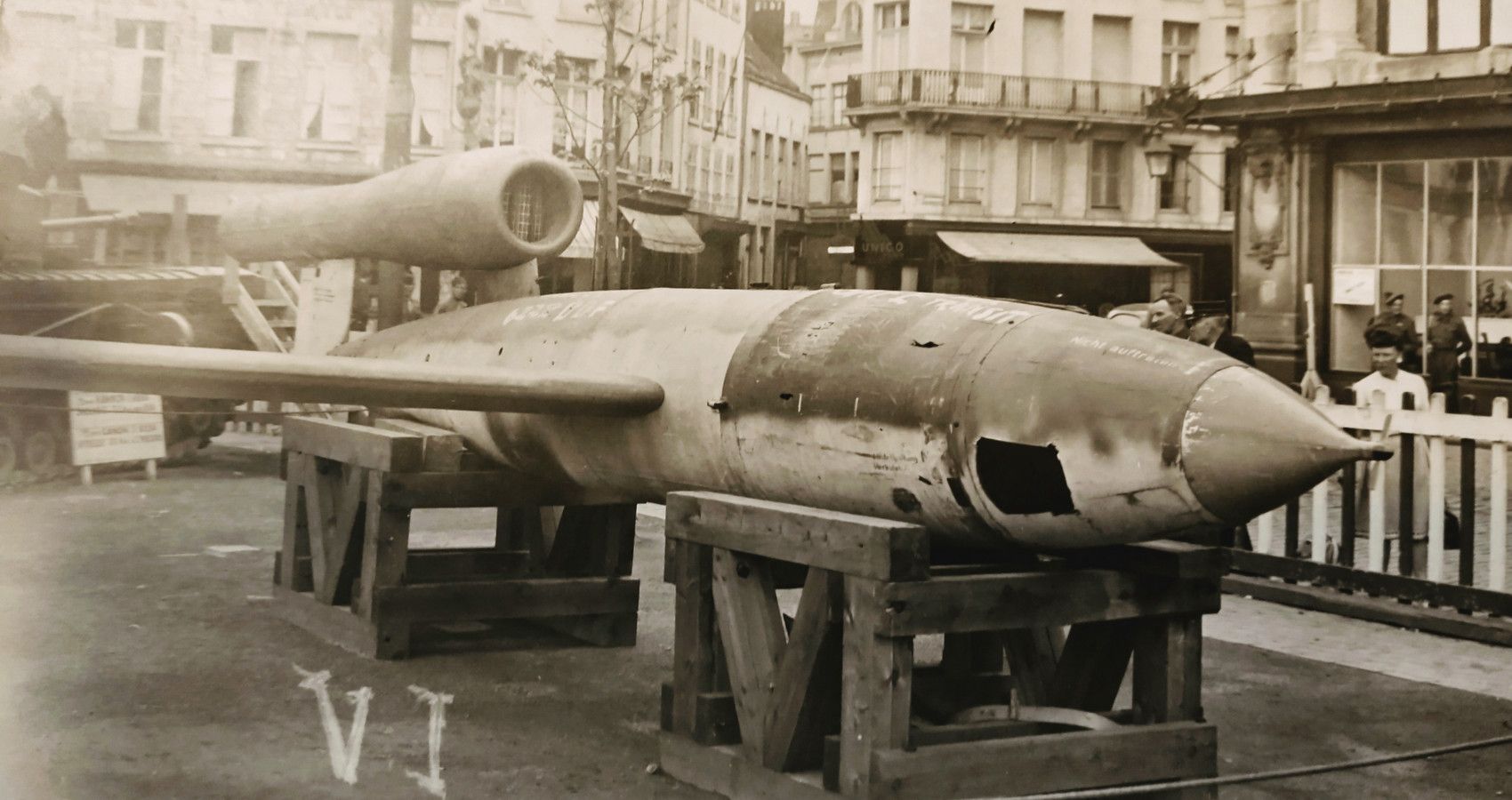
The doodlebug or V-1 Flying bomb kick-started the modern trend for unmanned bombing capabilities, in effect, the forerunner of current cruise missile technology.
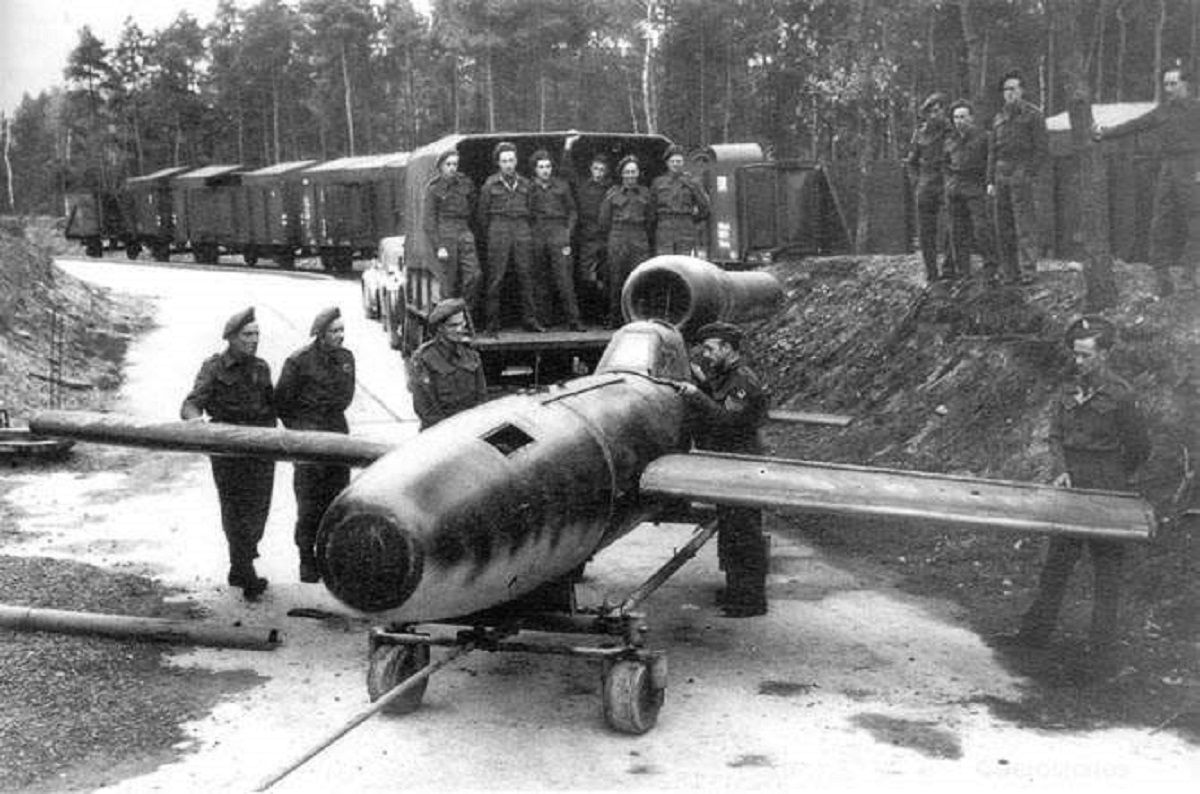
Smaller, lighter, and faster than allied aircraft of the time, intercepting and successfully shooting down the V-1 was tricky at best, cruising to their intended target at speeds of 360 mph, once its fuel reserves were depleted the Argus AS109 pulsejet cutting out leaving going into free fall. Prior to their mass introduction in 1944, prototype V-1s featured a small cockpit for testing purposes.
4/10 Kriesgmarine Type VIIC
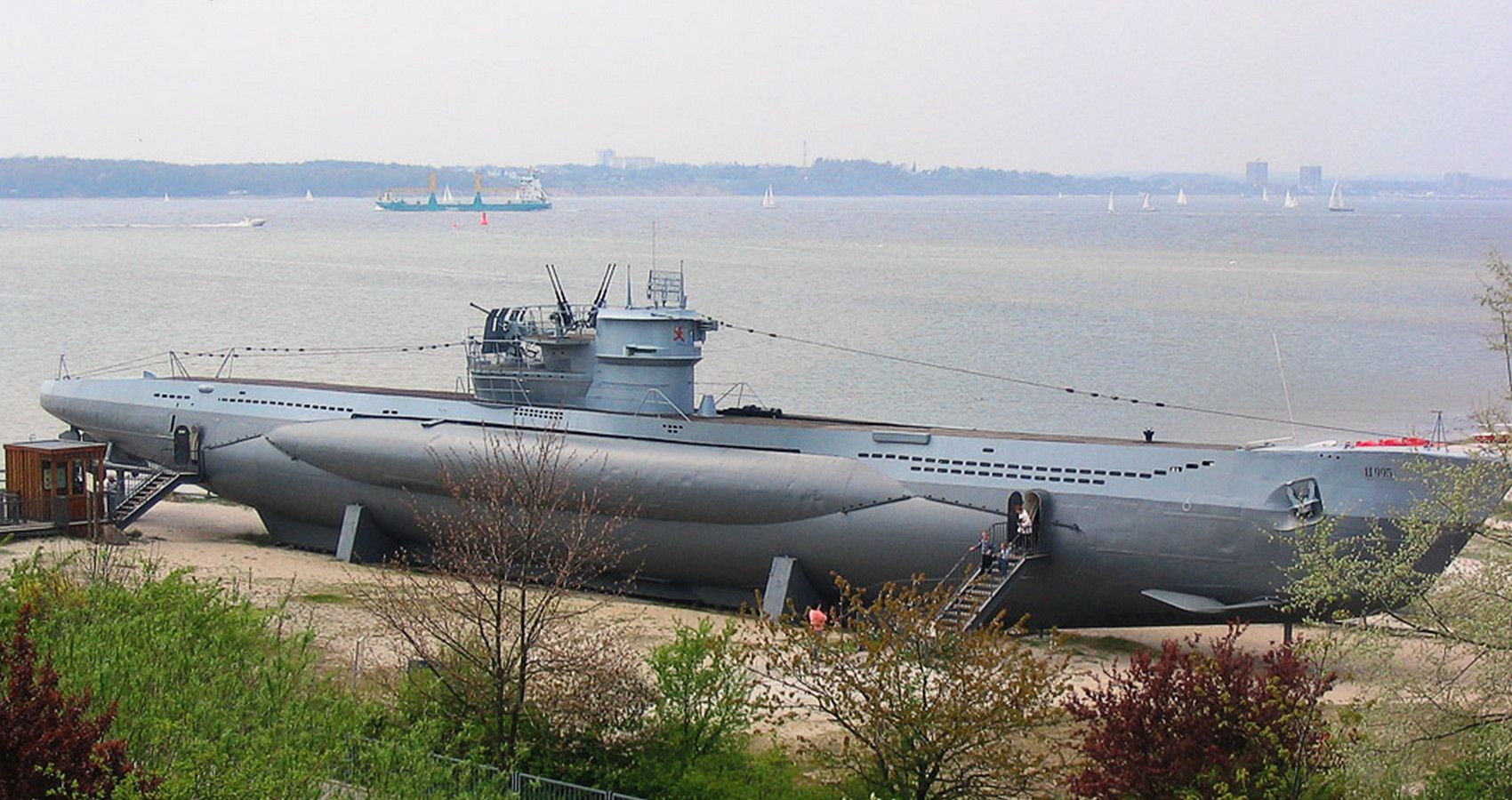
Unable to wage traditional surface warfare on level pegging with the Royal Navy, and later US Navy, Germany deployed huge numbers of U-boats, firstly in a commerce raiding role, later in WW2 targeting Allied shipping of all designations. While the US Navy’s Gato and Balao class were impressive machines able to dive to 300 feet, Germany’s engineers were hard at work perfecting the Type VII class.
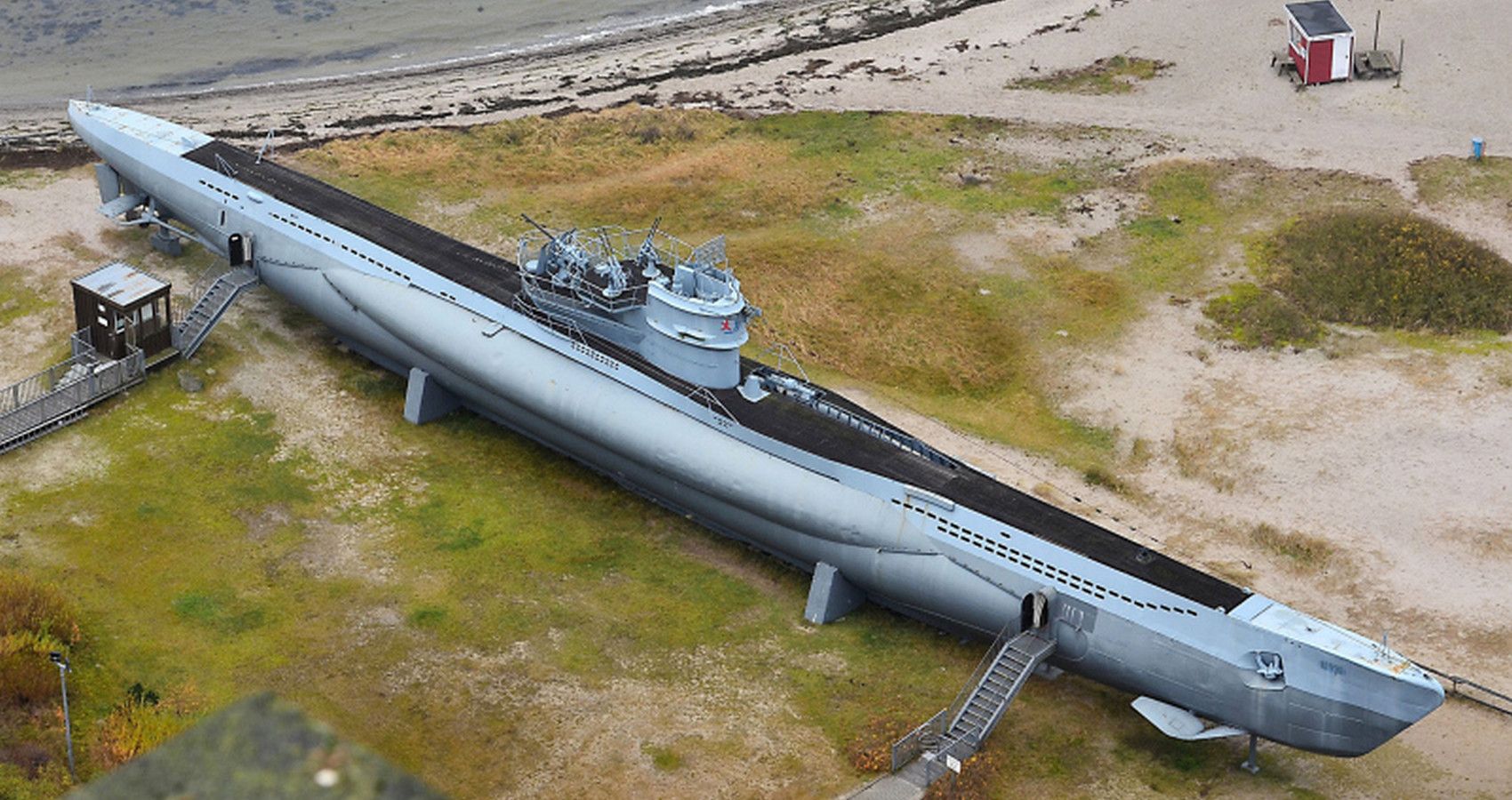
Kriegsmarine Type VIIC’s were an altogether better design forming the backbone of Germany’s naval firepower, able to cover transatlantic ranges, putting Allied shipping off the US east coast at risk. Designed with an official operating depth of 820 ft, more than doubling allied submarine capabilities, only the introduction of sonar and breaking the Enigma code stemmed the U-Boat’s effectiveness.
3/10 Yorktown Class Fleet Carrier
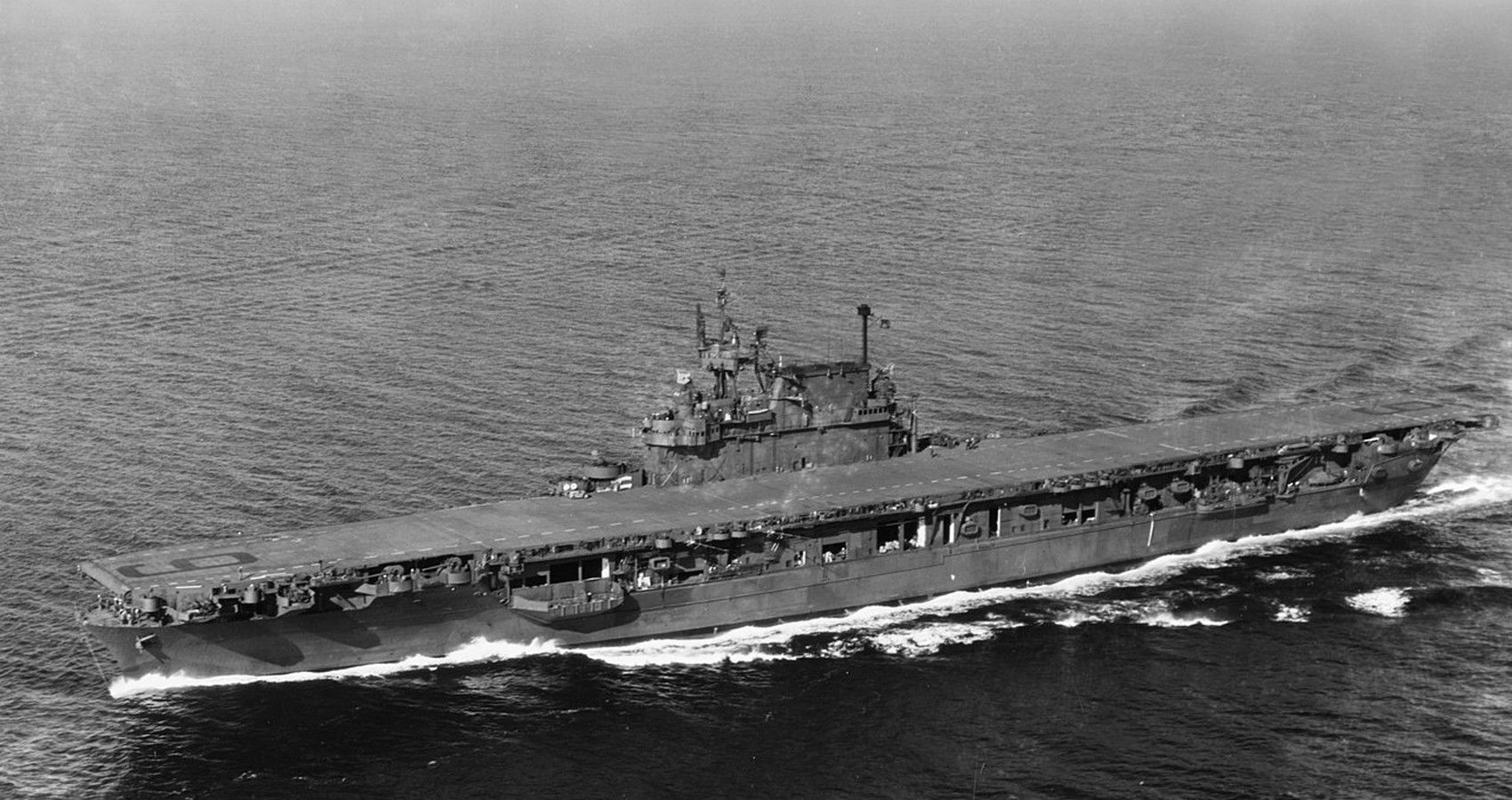
Japan’s surprise attack on Pearl Harbor not only gave the US a valid reason to enter WW2 but also inadvertently changed naval warfare forever, Battleships once the pride of navies around the world overnight eclipsed by the importance of carriers. Fortunately on December 7th 1941 the US carriers were all at sea.
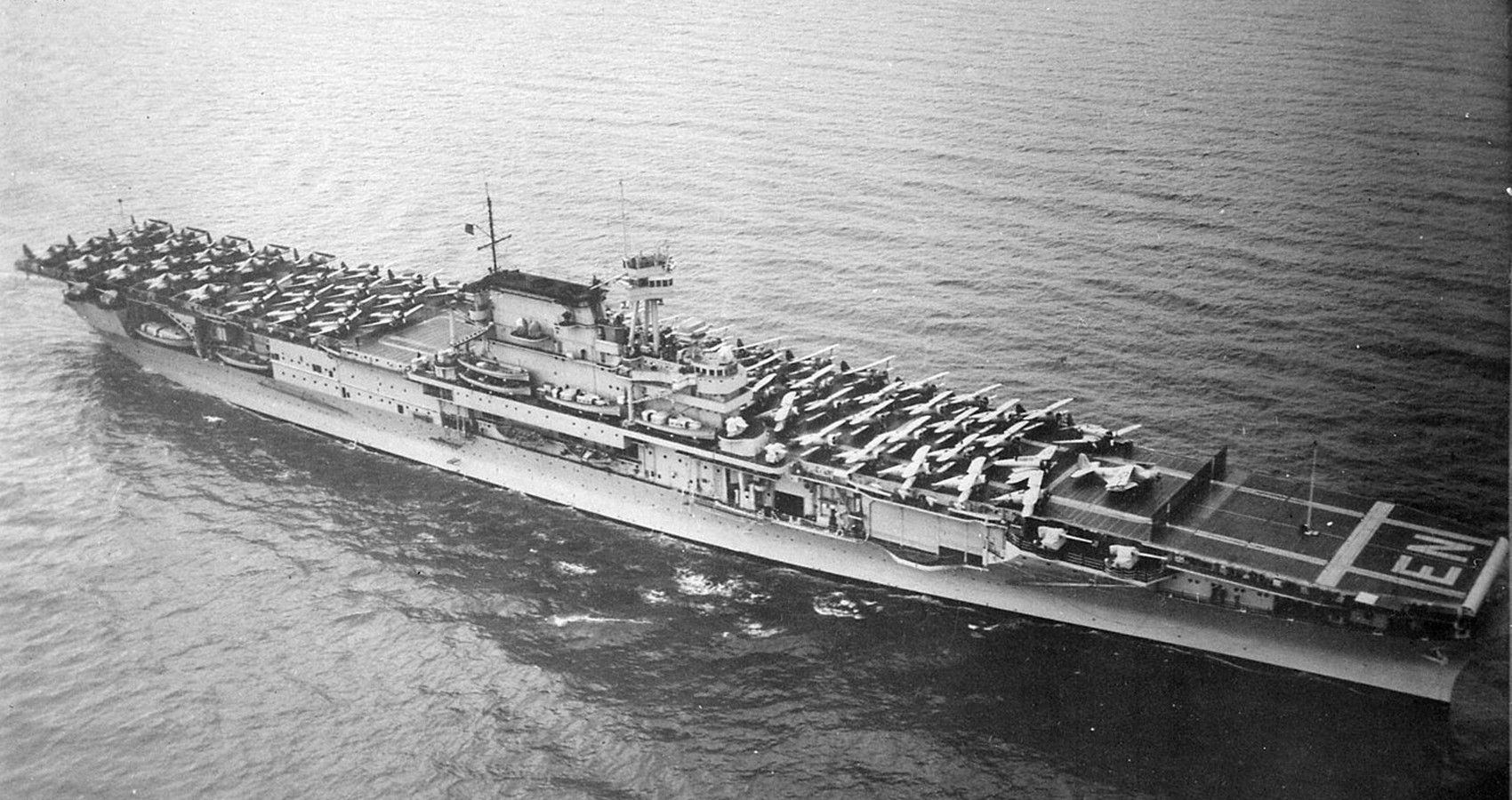
Enter the Yorktown class, introduced in 1937 with the class leading USS Yorktown famously surviving and being repaired in time for the Battle of Midway, displaying the merits of superior US carrier design. The most famous of the class, CV-6 USS Enterprise, survivor of WW2 amassing 20 Battle Stars, with an impressive confirmed combat record including 911 aircraft shot down, and 71 war ships sent to the bottom. So famous was the “Big-E” and her war record, Gene Roddenberry chose the name for Star Trek’s NCC-1701.
2/10 Liberty Ship(s)
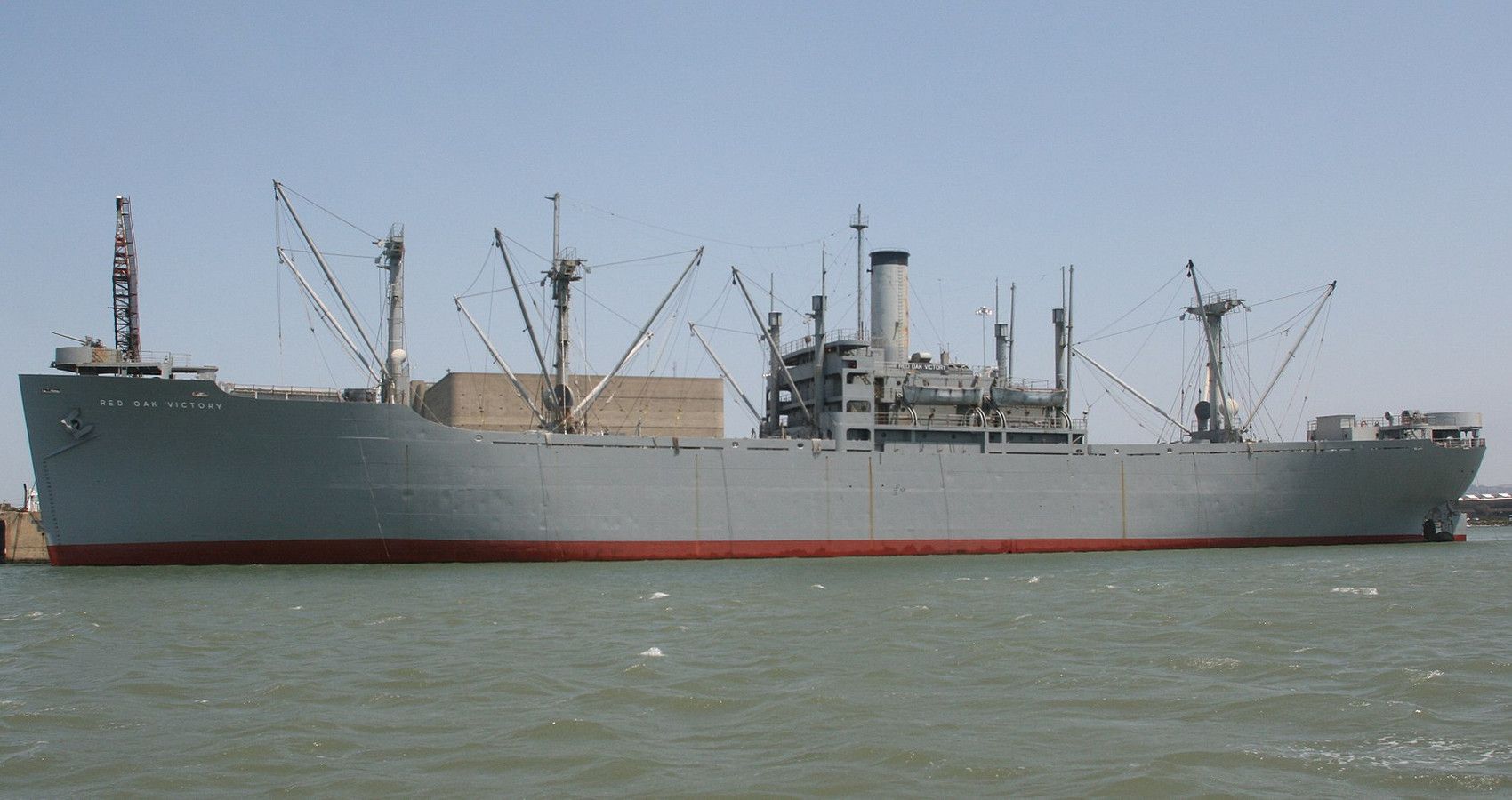
Not every WW2 machine filled an offensive role, and arguably more important than any fighting vehicle, Allied or Axis, Liberty Ships produced in greater numbers than any other vessel class ever with numbers reaching 2711 by the end of 1945. Cheap, basic and seaworthy Liberty ships kept Europe supplied with both food and vital arms, in total 200 were lost to enemy action.
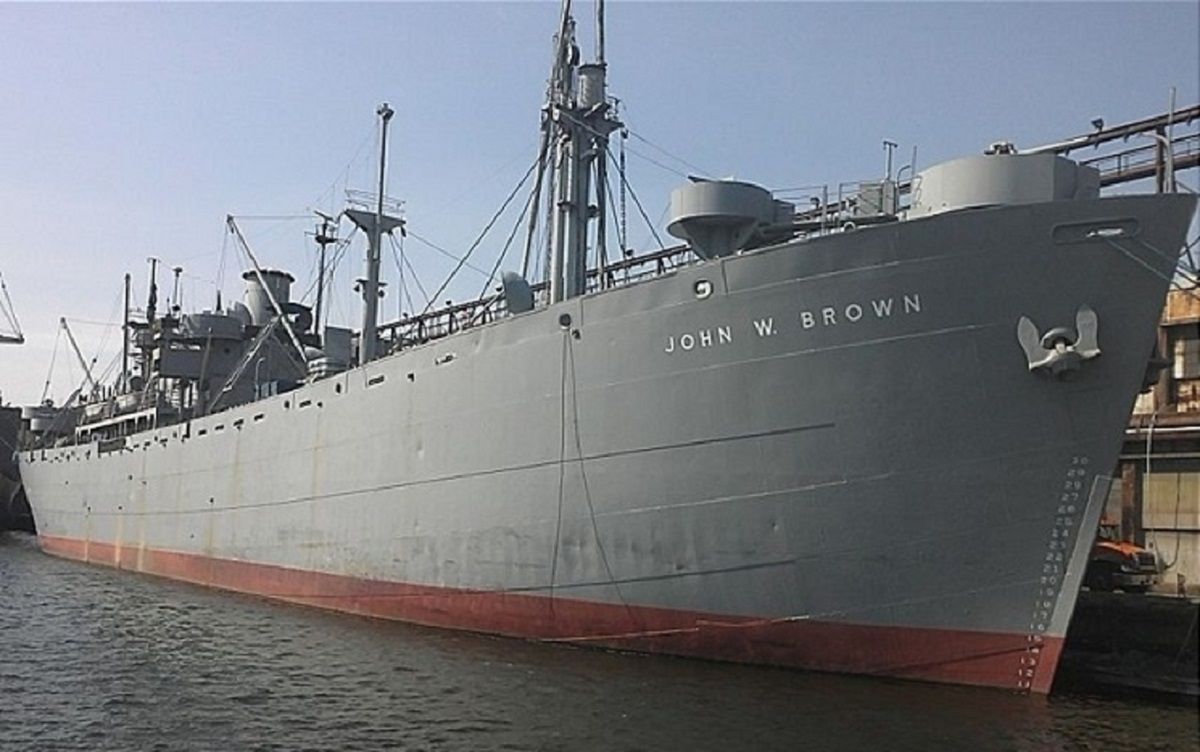
A vital supply chain link without question, but digging deeper in to their design and construction shows how with the might of US manufacturing power, shipbuilding on a vast scale could easily surpass losses. Welded hulls replaced traditional rivet construction, greatly reducing build-launch times. The quickest launch using pre-fabricated sections, SS Robert E. Peary, taking less than five days.
1/10 Enigma Vs. Turing’s A-Machine
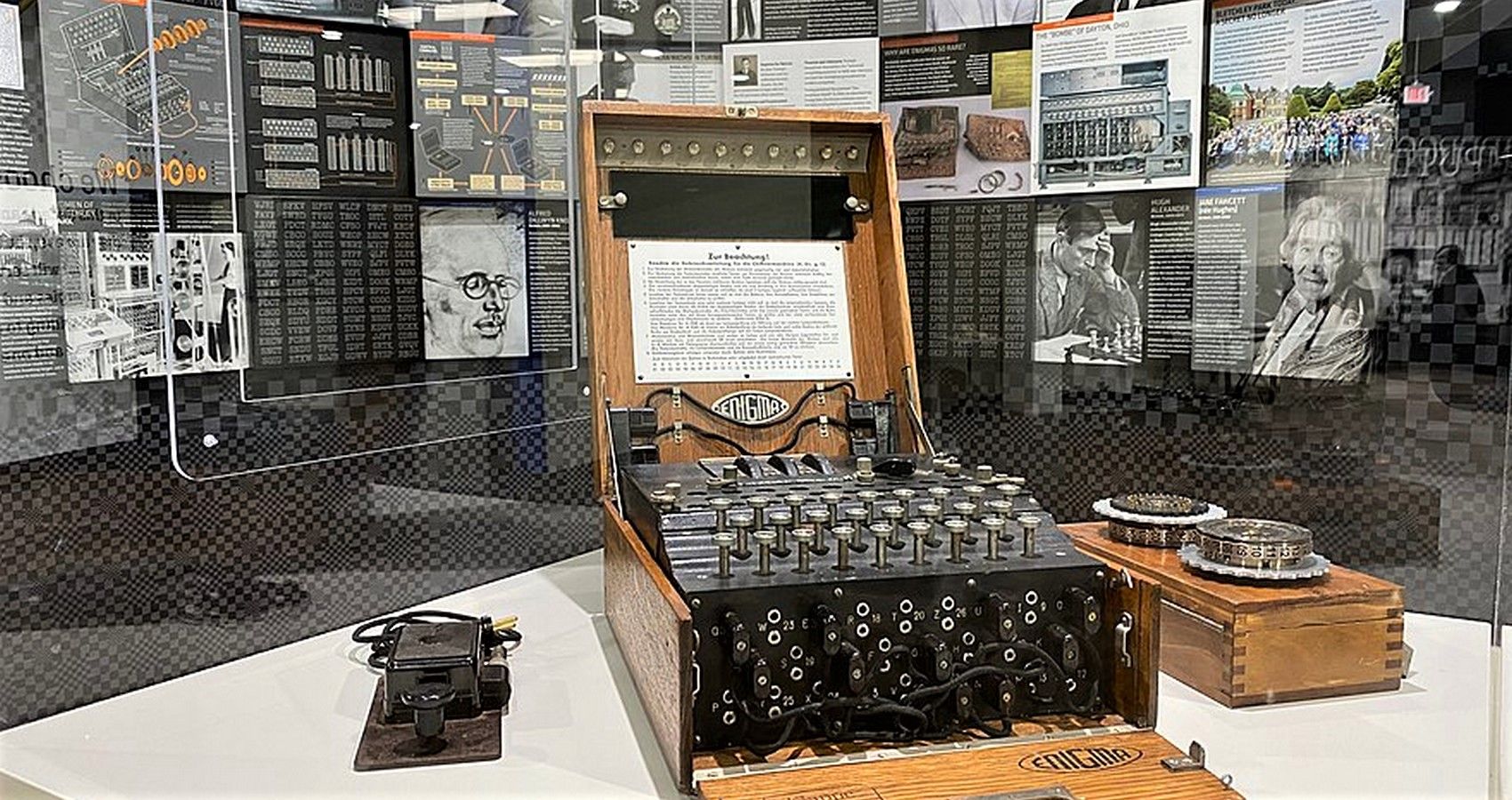
For many gearheads and techies alike, the first computer would most likely have been an early MAC or IBM machine, both owing their existance to WW2. Germany created enigma, a seemingly unbreakable coding device that freely allowed worldwide communication to both land and sea units.
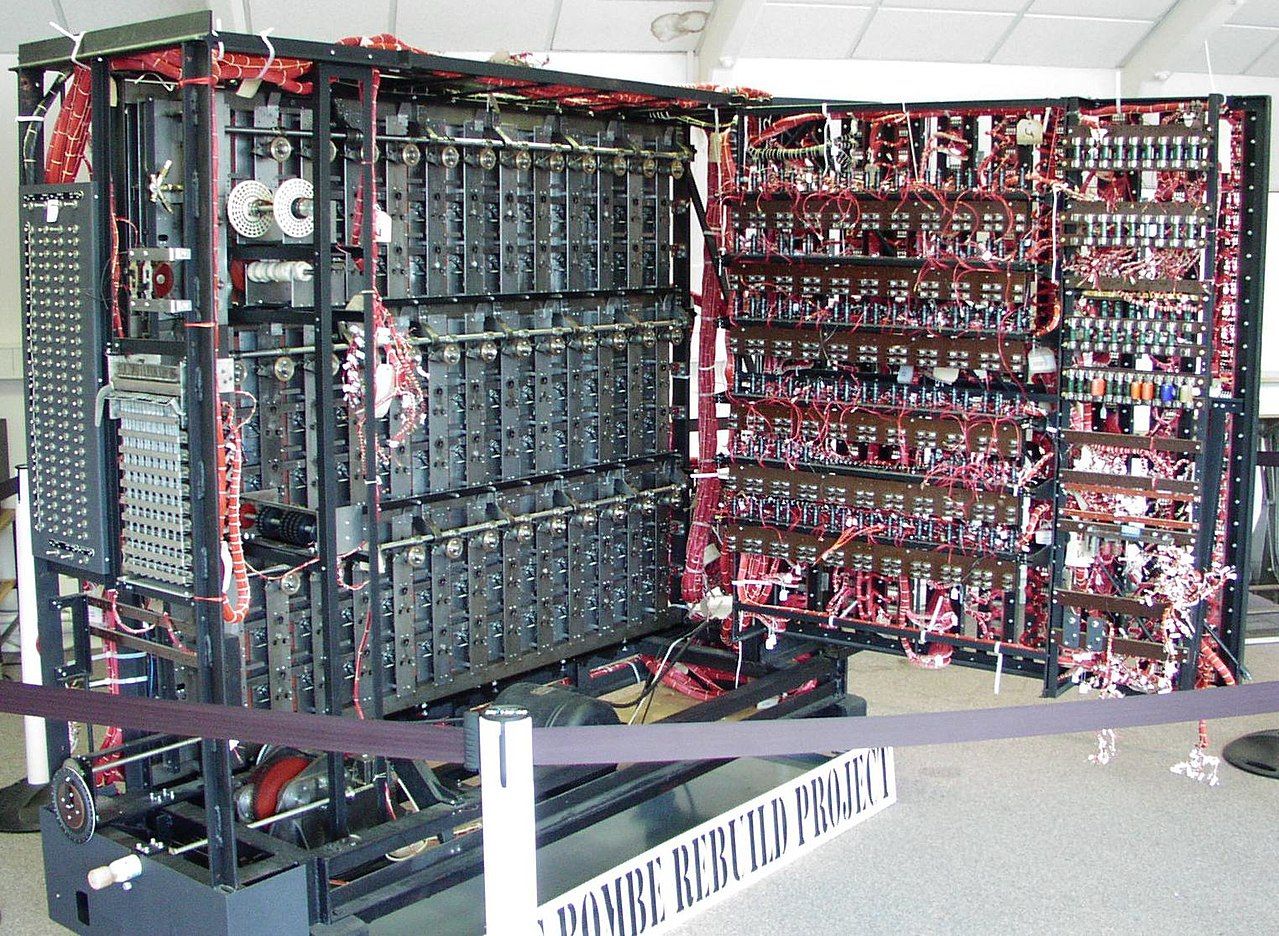
In response, Alan Turing created the groundbreaking A-machine (Automatic machine) tasked with speeding up code breaking, in turn giving Allied leaders a heads-up on Axis movements. Even with this first generation machine, Bletchley Park’s code breaking team still needed a starting point, the cipher code book and machines themselves proving invaluable. Several well publicized captures of Enigma occurring from 1941 onwards.





